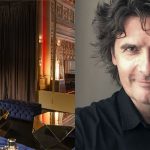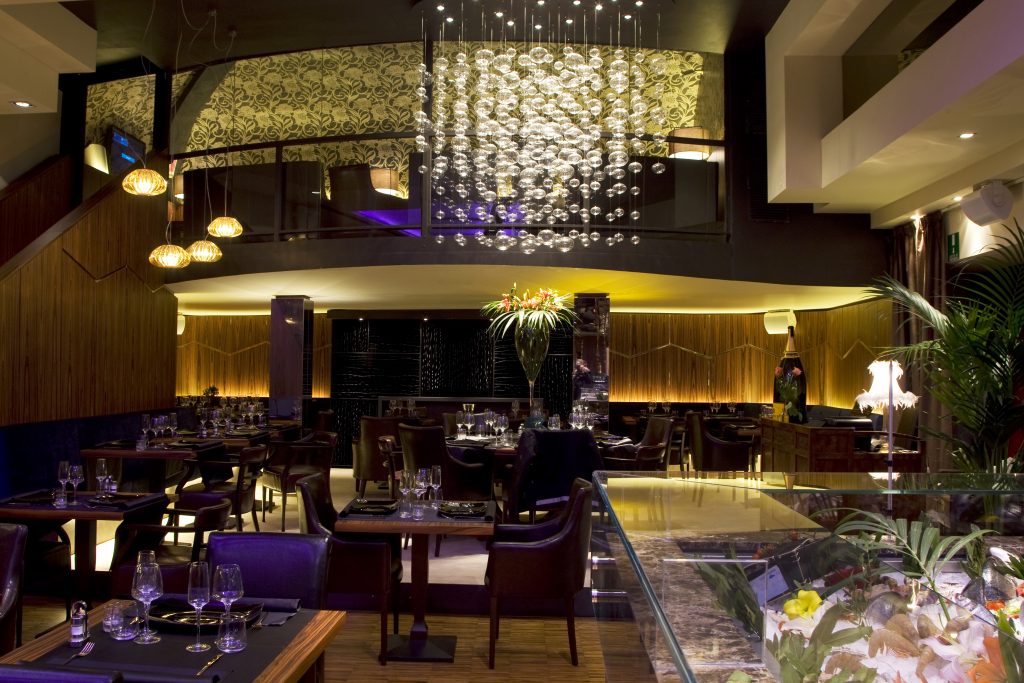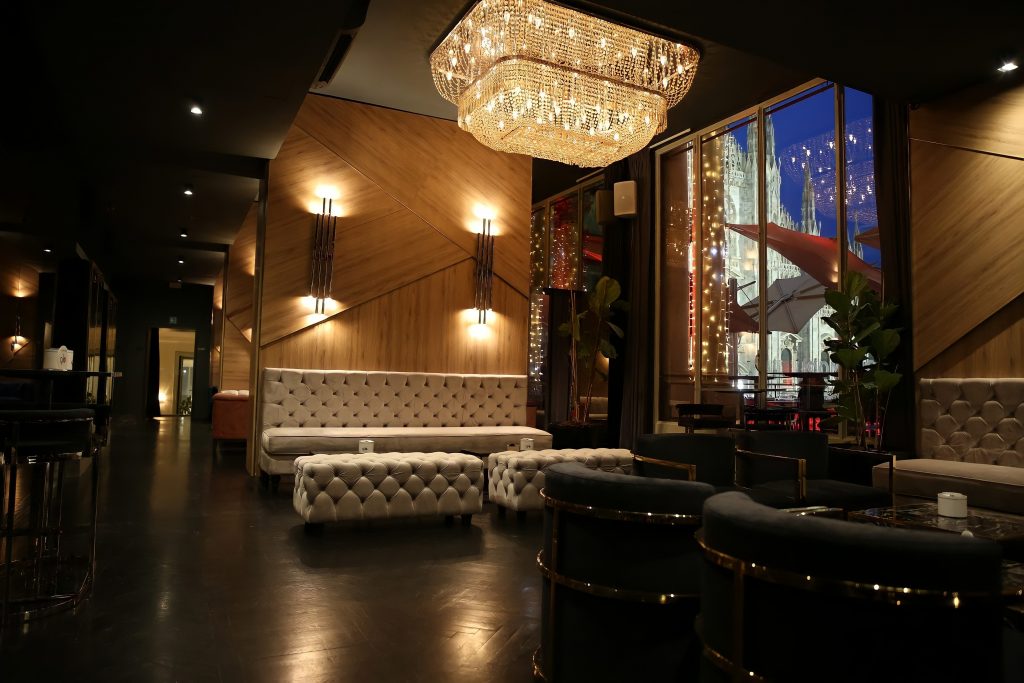Andrea Langhi: the design of desires.

Change as an investigative tool. The emotions and needs of the public as the goal of a work that combines curiosity, unfiltered observation and custom. Andrea Langhi opened the doors of his studio to us to dialogue about the world of HoReCa, Design and his idea of Sustainability.
His Milan architecture studio is particularly well-known in the HoReCa sector, and his name is linked to the “HoReCa Workshop” masters courses and the “Hotel Labos – Architecture & Marketing” training events organized with the Milan Business School. Browsing through his works one travels a lot, not only in Italy: from Terrazza Duomo 21 in Milan to Autogrill 1958 in Lainate Villoresi Ovest, from La Nazionale in Catania to Carnicero in Milan and Ibiza, Andrea Langhi has been expressing himself for twenty-five years in contact with the public by designing Restaurants, Cafes, Lounge Bars and Concepts always different from each other but with one element in common: success.

Architect Langhi, can you explain what are the differences in designing a private space rather than a public space?
I always say that the public space has to be able to please those for whom it is destined: it sounds obvious but it is not. In this sense, the fundamental difference lies in the fact that when you work for a private space you are dealing with a “physical” client, I mean someone who has needs, habits, who prefers one style over another: all elements that express his personality and that become guidelines for the architect as well. In the case of the public space, this does not happen, or rather, it happens in a different way, since the recipient of the space is not its owner, thus a physical person, but the public it addresses. A public space must be able to correspond to what we desire at the time we choose it because the fundamental point is that we are always us, while our needs, our desires in experiencing sociality change according to contexts and moments. This means that in the public venue, the target audience is not the individual people but rather the desires they want to satisfy, the need they have at the time they choose that particular place. So, you have to investigate the market, understand what demands emerge and know how to respond even at the design level. Because one thing I’ve realized, after so many years of my work, is that people feel comfortable in a venue also and above all because of how it is designed. And I can guarantee that nothing is left to chance: from lighting to furniture everything is designed to meet a specific desire.

Let’s talk about custom, a topic also in common with Ciam, which has made customization one of its strengths.
Customization is not so much making something for someone and that’s it, but making something that can be used by everyone and made personal by everyone. I give an example with fashion, which in my opinion is the mirror and the driving force of what is happening in reality. What works today is not so much the establishment of a unique style but the construction of one’s personal brand. The new generations no longer dress single-brand, but are characterized by a deep-mix style that draws from different sources: it is no coincidence that the big brands increasingly look to street style characterized by the freedom to express one’s personality in a unique and original way and the desire to assert oneself. Here, as well as in the work of the architect who designs a public space as I do, I believe that the same process should happen in supply companies as well, that is, not to assert one’s own style, one’s own model, but to make available to the architect the possibility of integrating what is produced in contexts that are always different from each other and make sure that that element is able to dialogue with the project as a whole. In this, I find that CIAM can fully satisfy the realization of projects capable of asserting originality and customization, as it has been able to create a production process that allows an infinite number of materials and finishes to be combined, thus always making the product it sells different, but keeping the industrial process unchanged. I consider this form of customization very clever.

What is the element that makes your design a successful design?
I think curiosity wins in design. I’ve been doing this job for twenty-five years and I’m convinced that every five to six years profound changes happen in the world globally, not just in each other’s lives. We don’t realize it because we are in the flow where change is determined and everything is so rapid that it runs over us, but it is essential to keep curiosity burning to understand what is changing, what is happening around us in order to identify and investigate new needs of the public, especially in reference to new generations. In this sense, curiosity coincides with the analysis of society, with the observation of the habits of others, of the novelties that depending on historical moments invest the lifestyle of people, influencing and changing their needs and tastes. I believe that observation without prejudicial filters, related, for example, to what was happening in the past, should never escape those who, like me, deal with public venues. Because those who enter a venue go there to eat, to drink, to have fun and to feel good, this is the only thing that does not change in the flow, regardless of historical moments and different audiences, what changes over time is the way in which we can enjoy and satisfy all that.
Speaking of change, an edition of Milan Design Week and Fuorisalone has just ended that put the spotlight on the theme “Future Lab” and the sustainable revolution. How does Andrea Langhi experience design in terms of sustainability?
Today there is a part of communication related to sustainability that implies a concept of giving up. I would rather go in another direction, having the ambition not to eliminate what is not sustainable from our lifestyle, but to make it sustainable. In this sense, I find it interesting to work at the technological level on new forms to make some of the habits related to our lifestyle and happiness compatible with respect for the environment. In fact, from my point of view, the reason why people go to places is the desire to have an experience, so I think that when it comes to sustainability, spheres related to pleasure, happiness and gratification should not be given up, rather we should find ways to enjoy them differently. One example out of all is 3D meat. If we can reproduce in a sustainable way the same sensations and taste as when eating animal meat, then we have created an alternative that does not force a sacrifice and does not harm the environment. I believe that only by offering paths in which renunciation does not take center stage would actions to raise awareness toward sustainability have a real result on everyone, leading us to tangible change. For example, in my field I believe that sustainability is not just choosing sustainable materials or discarding objects and furniture regardless if they can be recycled. In my projects, reuse is a frequent practice and I often use furniture that has nothing sustainable about it, but these are objects that continue to live on in new contexts and with functions that are often different from those for which they were born. The same is true of plastic, which is demonized today; I find instead that it is an exceptional material that can be recycled a thousand times and can undergo a thousand forms. The problem, therefore, is not the material itself but the use to which it is put.